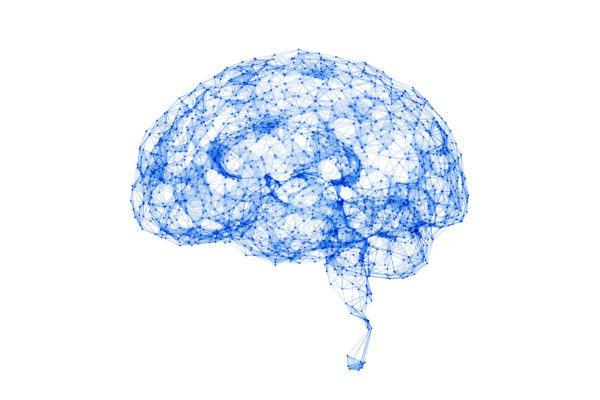AUSTIN, Texas — Commentary from researchers in the College of Pharmacy at The University of Texas at Austin in the journal Science provide new findings in alcohol use disorder (AUD) research. Kimberly Nixon, an associate professor and James T. Doluisio Centennial Fellow, and Research Assistant Professor Regina Mangieri write about the discoveries that show individual differences in the activity of neurons that compose a newly described brain circuit in mice during early alcohol experience.
The article, “Compelled to drink: Why some cannot stop,” considers recent findings by researchers Siciliano et al. that discovered individual differences in the activity of neurons in a frontal cortex to brain stem circuit that predicts the later escalation of alcohol drinking to compulsive intake in a mouse model.
“These researchers not only defined a new brain circuit involved in compulsive drinking, but showed individual differences at the level of electrical activity in the neurons that comprise this circuit,” Nixon said. “The individual differences in electrical activity predicted which mice would go on to drink compulsively after a binge-like drinking episode despite drinking the same amount of alcohol during that episode.”
The research group previously found that this circuit is important for responses to aversive events, and they have now asked why aversive outcomes don’t deter everyone from drinking alcohol. These new findings point to a neurological explanation for why only some mice continue to drink alcohol even when it comes with negative consequences.
“They found these differences in circuit activity before mice developed compulsive drinking behavior,” Mangieri said. “In other words, some mice had a biological predisposition that made them susceptible to developing alcohol drinking behaviors that are similar to humans with AUD.”
The researchers said the work has important implications. It has potential as a biomarker of propensity to develop severe AUD based on electrical activity. Also, the discovery of this circuit’s role in compulsive drinking suggests that there may be novel pharmacological targets that could be identified and developed for the treatment of AUDs.




